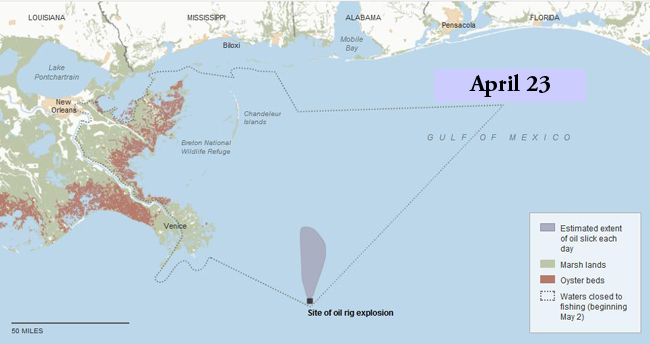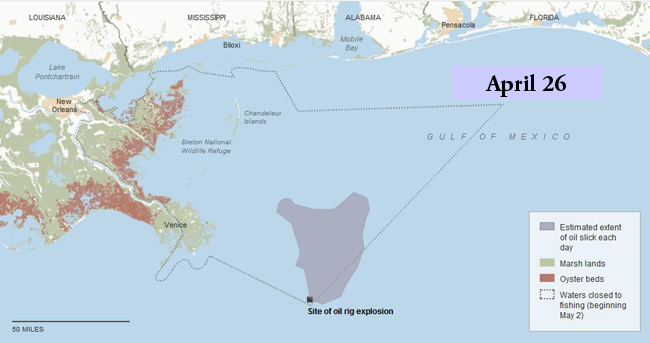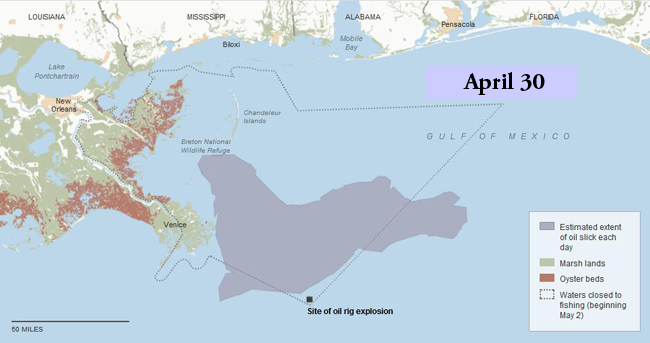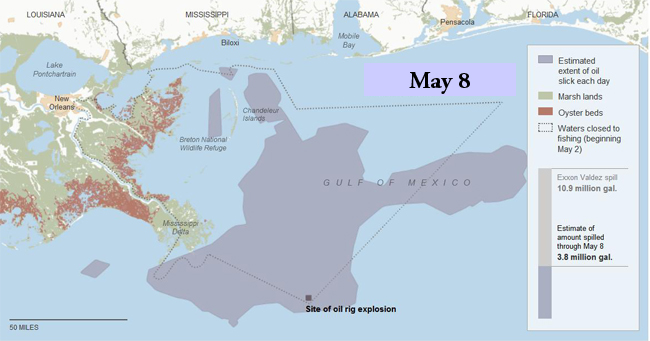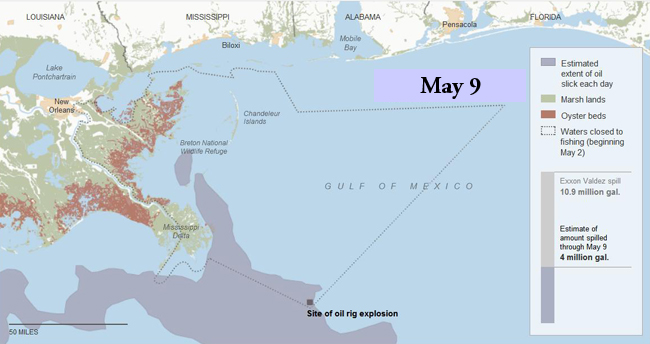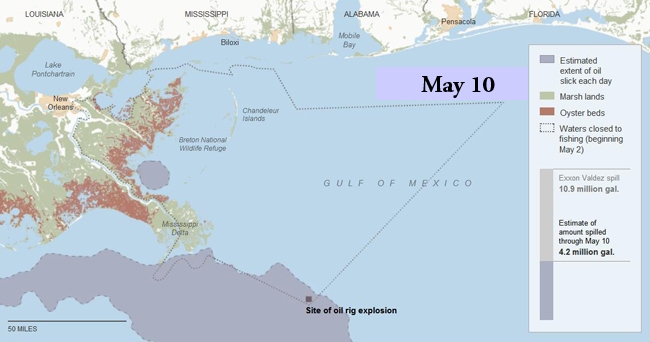Plume Team Draft Report, Flow Rate Technical Group -
While U.S. federal government officials insist that 12,000 to 19,000 barrels per day is still the official estimate of the amount of oil spewing from the BP well in the Gulf of Mexico, a draft report obtained by The Phoenix Sun, shows that a key government panel concluded that “at least” 12,000 to 25,000 barrels of oil per day was flowing from the well in May.
“The consensus of most of the experts is that the leakage at the time of the viewed video clips averaged at least 12,000 to 25,000 bbl of oil per day…and could possibly be significantly larger…”
The Plume Calculation Team (PCT) added that it did not have enough data at the time to make an upper boundary estimate of the total amount of oil coming from the well.
The Flow Rate Technical Group
The PCT is one of two teams in the Flow Rate Technical Group (FRTG) investigating the amount of oil flowing into the Gulf of Mexico from the BP Deepwater Horizon disaster. The PCT is using video of the ruptured pipe to make its calculations. The other primary team is the Mass Balance group which is using airborne imaging technology to work backwards from the amount of oil seen on the surface to determine the flow rate. According to a government press release, “This is the first time it has been used to measure the volume of an oil spill.”
The PCT report was released by the Department of the Interior after The Phoenix Sun requested the document. Julie Chavez Rodriguez, deputy press secretary at the DOI, said that the Mass Balance group is not releasing its draft report while the work is undergoing peer review. The final report should be available soon, said Rodriguez, perhaps as early as Thursday.
Calculations made by the two panels were “reality-checked” by a using data from the amount of oil brought to the surface early on by tube inserted into the riser. This method was used to estimate a lower limit value only — which was put at 11,000 barrels per day.
At a press briefing this morning, Adm. Thad Allen seemed to indicate that he considered the 25,000 barrel per day figure as reasonable, despite the official government estimate of 19,000 barrels as the upward boundary.
Filed under: All, Downloads, Fossil fuels, Media
Trackback Uri
